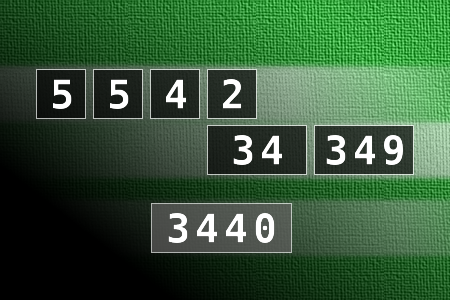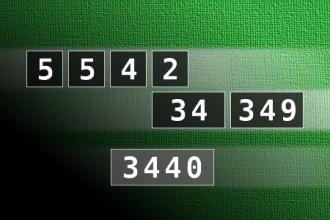Calculate the number 3440
NUMBERMANIA: Calculate the number 3440 using numbers [5, 5, 4, 2, 34, 349] and basic arithmetic operations (+, -, *, /). Each of the numbers can be used only once.Correct answers: 0
#brainteasers #math #numbermania

An old man was sitting on a bu...
An old man was sitting on a bus. A young man sat down beside him. He had spiked hair in all different colors: green,red,orange,blue,and yellow. The old man Just stared.
Every time the young man looked,the old man was staring. The young man finally said sarcastically, "What's the matter old timer, never done anything wild in your life?"
Without batting an eye, the old man replied, "Got drunk once and had sex with a parrot. I was just wondering if you were my son.
Every time the young man looked,the old man was staring. The young man finally said sarcastically, "What's the matter old timer, never done anything wild in your life?"
Without batting an eye, the old man replied, "Got drunk once and had sex with a parrot. I was just wondering if you were my son.

